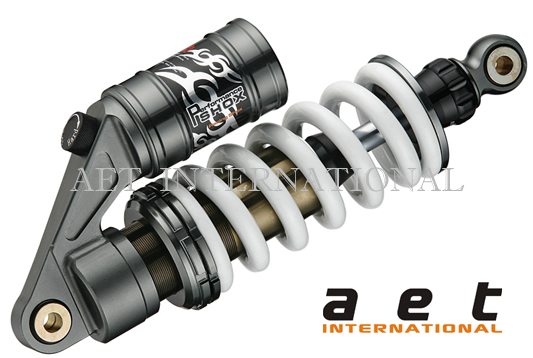A group of MIT undergraduates has come up with another way to recover lost energy from a very unlikely source: vehicle shock absorbers.
The team constructed a new type of shock absorber they call “GenShock”. Their design uses hydraulics hooked up to a turbine and a generator. When the vehicle goes over bumps in the road, fluid is forced through the turbine and generates energy, which is used to recharge a battery. The hydraulics are also actively monitored to ensure optimal dampening. This creates a smoother ride than normal shock absorbers, while still producing energy.
The students started their project looking for ways to reclaim unused energy. They were familiar with regenerative braking which is a standard approach with most hybrid vehicles sold in the US. During braking, the vehicles feed the generated electricity back into the battery. Regenerative braking utilizes the fact that an electric motor can also act as a generator.
While the students were riding around they figured out that the up-and-down motion of the vehicle's suspension could be reclaimed by converting the motion to electricity. The students rented various sized vehicles and checked the suspension travel with sensors. The results showed that most vehicles, especially heavy trucks, wasted significant amounts of energy.
During testing of a 6-shock truck, they found each shock absorber is able to generate up to an average of 1 kW on a road, which is enough power to completely displace the large alternator load in heavy trucks and military vehicles.
If for some reason the embedded computer's electronics on the shocks fail, a fail-safe feature will have the shocks act like a normal shock absorber.
A patent is pending for the GenShock design. The students formed a company, Levant Power, so they can develop and commercialize their product. They plan to perfect the technology on a converted Humvee in an effort to secure a lucrative government contract for a new US Army vehicle that is currently in development.
Wal-Mart is a company that committed to the goal of increasing total vehicle fleet efficiency by 100 per cent from 2005 to 2015. Chris Sultemeier, Wal-Mart’s senior vice president of transportation, said that they have already exceeded their 2008 interim goal of a 25 per cent increase. The students calculated that Wal-Mart could save $13 million a year in fuel costs by converting its fleet of trucks to their shock absorbers. In turn, Wal-Mart would simply downsize their vehicles' existing alternators thus reducing the fuel needed to power them.
The students received help from MIT's Venture Mentoring Service. They have also been advised by Yet-Ming Chiang, the Kyocera Professor of Ceramics in the Department of Materials Science and Engineering and founder of A123 Systems , a supplier of high-power lithium-ion batteries.
In January, A123 Systems submitted an application to Department of Energy’s Advanced Technology Vehicles Manufacturing Incentive Program to qualify for $1.84 billion in direct loans to support the construction of new world-class lithium ion battery manufacturing facilities in the US, with the first construction location in southeast Michigan.
We may soon be seeing vehicles with computer controlled shock absorbers that produce electricity.
